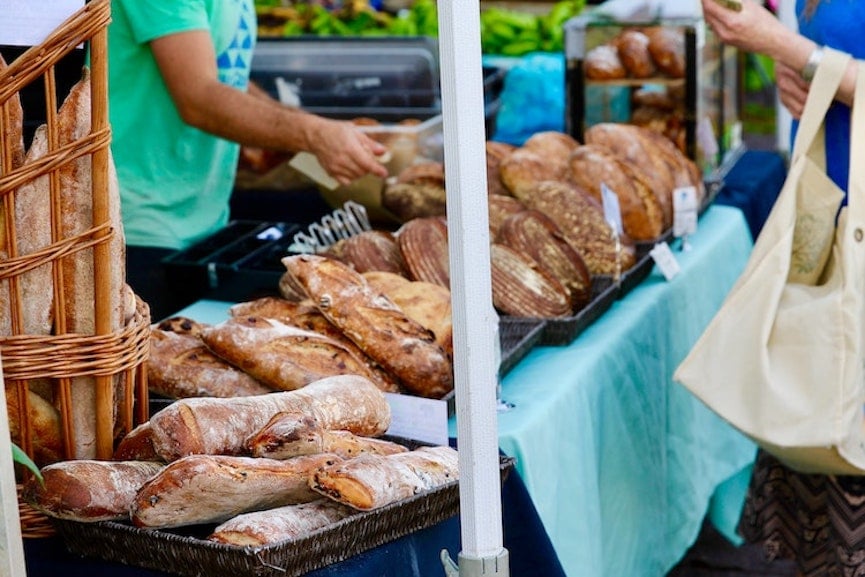shopper research: how fear influences purchase decisions
by: Sarah Kneebone
In the past, when someone was out in the wild being chased by tigers (you know, as you do), fear caused a ‘fight or flight’ response. And if you've been watching the news lately, you'll know it's the same response we've seen to #toiletpapergate.
When it comes to fear-influenced purchases, it can work two ways: we may procrastinate due to choice overload or plunge headfirst into purchases for fear of missing out. So, how can you reassure shoppers and help them make the right choice?
It's the very question we've been asking ourselves and consumers. Coronavirus may be the latest and most prominent example, but fear-influenced purchases are nothing new. This week, we delve into shoppers' biggest fears and how brands can get around these to ensure success.
Taking the leap.
Fear of the unknown is common. Combine that with decision fatigue and it's no wonder that we tend to go with what we know. The art of selling a product means convincing a shopper to go into the unknown by giving your brand a try. But why should they take that leap?
For starters, the risk they're taking in trying something new needs to feel worth it. We feel the pain of loss twice as much as the pleasure derived from a gain , or as world-renowned psychologists Kahneman and Tversky put it:
“...in human decision making, losses loom larger than gains.”
So, there lies our first clue: focus on your shopper's potential gain.

Ghosting your brand.
People regularly walk out of shops empty handed, not because the prices are too high, but because they're not able to make a decision. With too many options at stake, decision-making becomes thwarted by fear and buying nothing is better than buying the wrong thing. Confusion, just as much as choice overload, can cause problems for brands when it comes to shoppers’ decision-making process.
According to Entrepreneur magazine:
“Psychologists refer to this as a “status quo bias,” a form of inertia based on loss aversion. In other words, people feel a strong bias toward doing nothing or maintaining their current or previous decisions.”
On the other hand, humans are incredibly social creatures and are influenced by many social factors. As much as we'd like to think we're in charge of our own decision-making, the reality is that groupthink can have a huge impact on our attitudes and purchases.
According to consumers we spoke to about coronavirus-related purchases, 2 in 5 admit a change in their shopping behaviour since the outbreak. They are buying more products like canned goods, toiletries, alcohol sanitisers and dried food. Given the media coverage of empty supermarket shelves, it's likely that groupthink has played a big part in this.
So, coronavirus aside, our shopping decisions still have an element of fear. What exactly are we scared about?

What are shoppers' biggest fears?
The fear of an inferior wash for your white shirts, a loaf of bread your kids won't like or an embarrassing choice of wine… why risk the social shame, feelings of regret, or the lighter wallet?
Some of the most common fears include:
- Disappointment: Will the product live up to expectations or will it be a big, fat fail?
- Embarrassment: Will my friends and family be impressed? Is my social or professional reputation on the line?
- Paying too much: Am I being ripped off? Have I got a bargain? Should I have compared more options (or dare I say it - looked on Amazon?!).
- Change: We run on autopilot, do most things with little thought and are often creatures of habit.

6 ways brands can get around this.
There needs to be something in it for the shopper too. The amount of money at stake can impact the size of the decision but an offer for new buyers can make that risk more appealing.
1. Try short term price promotions like ‘buy one get one free’ or an alternative solution which let the shopper ‘try before they buy’.
This can alter buying behaviour and convince shoppers to give your brand a go and reduce the risk on their behalf, without starting a price war with your competition.
2. Once shoppers give your brand a try, ensure they have a great experience. This has to be better than the experience delivered by their usual brand, or they will simply revert to previous buying patterns.
3. Create repeat purchases through loyalty cards or similar ongoing reward systems.
4. Use social proof, such as customer testimonials and reviews, to reassure shoppers about the products that they’re buying. Reduce the perceived risk.
5. If possible, break down the sale into digestible chunks, such as offering a trial food delivery box before asking the shopper to commit to a weekly delivery.
6. Look at the whole buying experience to consider what your customer's journey will look like from the moment they step up to the shelf (or search online). Look at your data and address any potential confusion, hesitation or fear at every step and ensure this touches everything from your SEO, to your marketing and your product packaging.
How to action these learnings for your brand.
If you're looking to launch a new product or need help nudging shoppers your way, our PLAY experts are just a phone call away. We know a thing or two (or three!) about bringing brands closer to their consumers. Give us a call on 02 8097 0200 or email us on hello@playmr.com.au to kick things off today.
read it, love it, share it.
about the author
Sarah Kneebone
Sarah is PLAY’s go-to content writer with a passion for marrying creativity and communication with clever strategy. A former marketer with PLAY and for international brands such as QBE Insurance and General Motors, Sarah moved home to the UK to raise her little family and start a health coaching business. Luckily for us, she continues to share her talent for the written word with the team in Australia.




ask the author